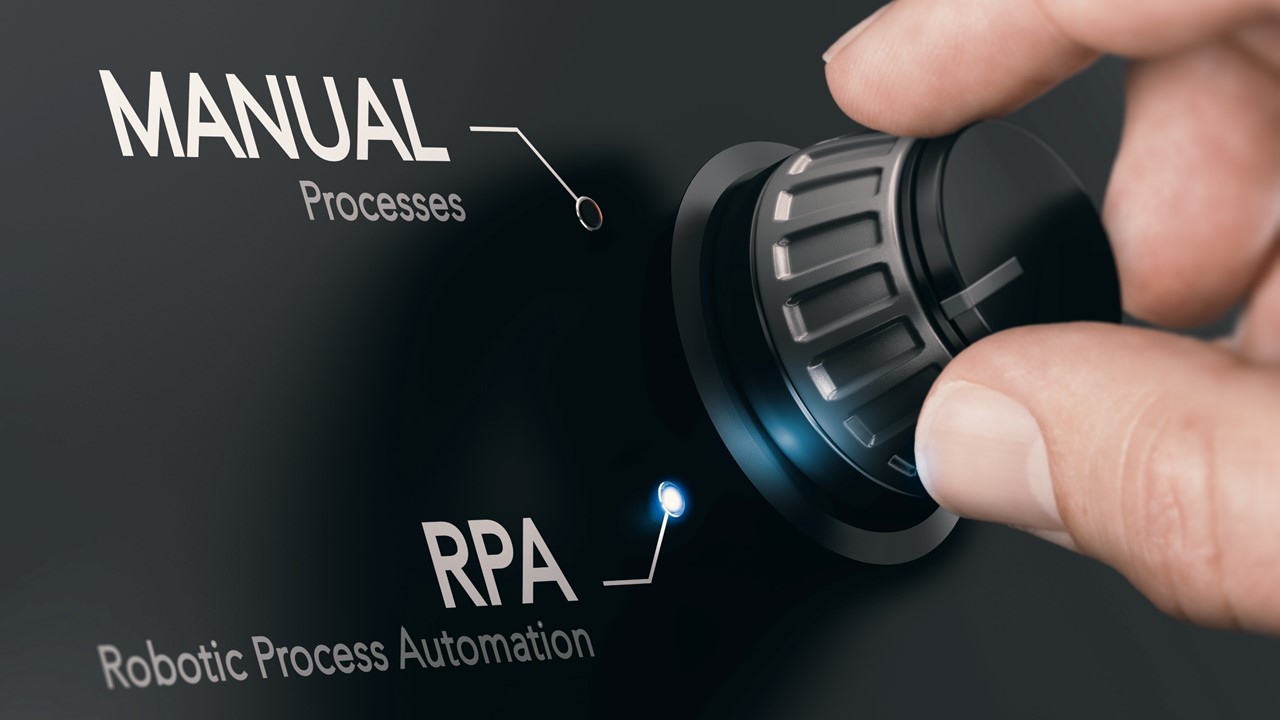Measure Phase of Lean Six Sigma Project is the second phase. Following are the deliverable of this phase:
- Identify all possible causes (Cause & Effect Diagram)
- Validate Measurement System, Data Collection & Sampling
- Establish Process Capability
Identify all possible Causes (Cause & Effect)
In the measure phase of a Lean Six Sigma Project, the team brainstorms to identify all possible causes or reasons for the occurrence of the problem. Thus, there is a direct linkage between a project charter and this deliverable. Fish-bone diagram is a structured brainstorming method used to carry out this activity. Fish-bone diagram is also called as Ishikawa or Cause & Effect diagram. After completing this brainstorming, the team applies the 5-why technique to further explore the underlying causes for all the reasons identified in the fish-bone diagram. At the end of these two activities, the team has an exhaustive list of possible causes for the problem. Usually there are around 50~100 possible causes for the problem. It is the responsibility of Six Sigma Green Belt to facilitate these activities.
As a next step, using their process knowledge and experience, the team has to agree on few causes; which potentially cause the problem. There are several methods to do this, but the most popular method is the use of Cause & Effect Matrix (C-E Matrix). Potential Causes are suspects that are causing the problem. However, before acting on them, the team needs to gather data or facts to validate them.
Validate Measurement System, Data Collection & Sampling
Data Collection plays a very important role in all Six Sigma projects. But before collecting data, the team has to assess if the measurement system (measuring instrument, appraiser & environment in which measurement happens) is accurate and precise. Hence the team has to perform Measurement System Analysis (MSA) – aka Gage R&R. Once the team ascertains that the measurement is good, then a data collection plan is prepared. Data Collection Plan (DCP) includes the measures whose data needs to be collected, how much data to collect, data source, and who will collect the data, etc. While the entire team can participate in this activity, Six Sigma Green Belt has to take a lead role, as this will involve technical concepts of Gage R&R covered in the training program.
Unlike conventional data collection; in Lean Six Sigma projects, data is collected on both the CTQ and the potential causes identified in a Cause & Effect Matrix. Due to the quantum of data involved in most businesses, it isn’t practically viable to collect data of the entire population. Hence the team has to resort to statistical sampling methods.
As a next step, data collection is executed. From time-to-time a Six Sigma project team needs to validate the data collected. Sometimes, the data collectors need to be trained and retrained. Once the data collection is complete, it is ready for a process capability assessment. Usually many projects get delayed because of poor data quality or delay in collecting sufficient data. When a Six Sigma Green Belt takes special care, this activity can get completed on time.
Establish Process Capability
Process Capability is the ability of the process to deliver as per customer requirement. There are various process capability indices, but in Lean Six Sigma projects, sigma capability is the most popular measure. This exercise gives an accurate report on the current process performance. As these indices are covered in the training program, Six Sigma Green Belt has to take a lead role in conducting this study. The output of Process Capability study can be used to validate the process objectives and anticipated benefits in the charter. If needed, the Lean Six Sigma project charter can be revisited.
On completion of the above deliverable, and a formal Measure Phase tollgate review, the team is ready to move into Analyze phase. Next>>>






